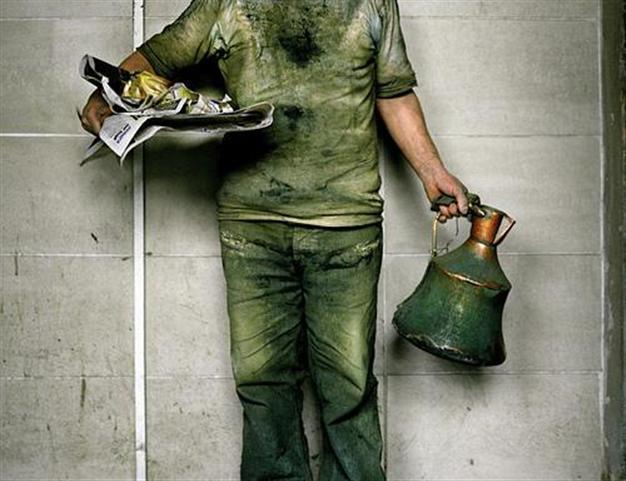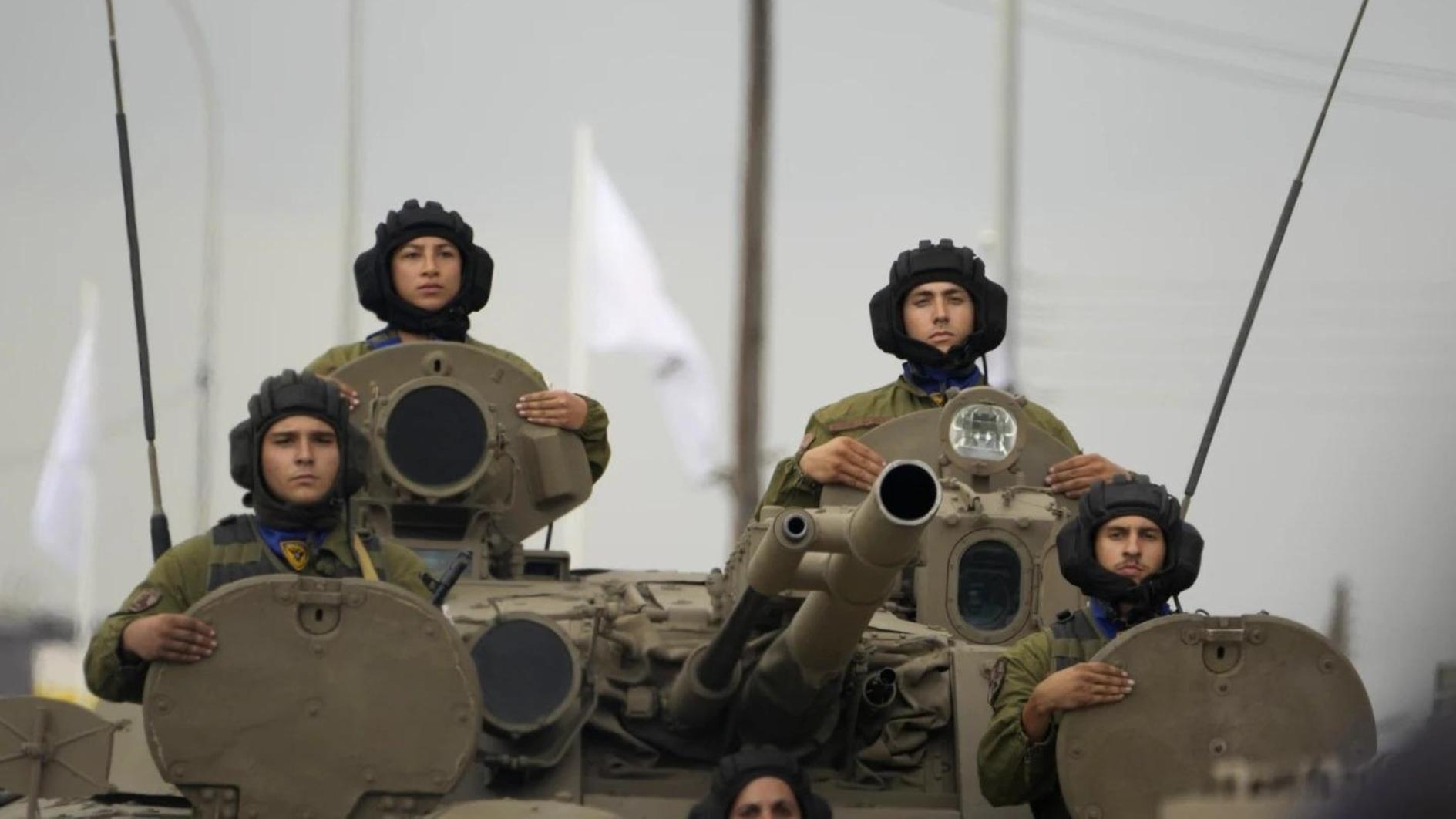Humanity's presence reflected in 'hans of Istanbul'
ISTANBUL - Hürriyet Daily News

The hans serve as a repository for the photographer to store the oblivion in Istanbul’s historic backstreets. Like most of Kazolea’s works, the han workers are shown as headless. She says this is to focus on the rest of the story, not only the face.
Greek photographer Athina Kazolea presents her latest photo exhibition on traditional Turkish hans (inns) and their history in Istanbul until Feb. 17, in the Sismanoglio Megaro of the Consulate General of Greece.“Fragments of Presence in the Hans of Istanbul” features 44 works of art, focusing on the natural environment and showing the headless portraits of people, the tired bodies of workers, smoking travelers’ hands, and empty chairs. The hans serve as a repository for the photographer to store the oblivion in Istanbul’s historic backstreets.
Like most of Kazolea’s works, the han workers are shown as headless. She says this is to focus on the rest of the story, not only the face.
First time in Istanbul
Kazolea first came to Istanbul in 1999, but it was Istanbul-based Greek writer Alex Massavetas who introduced her to hans, which they went on to discover together between 2009 and 2011.
“The first time I went to a han, I loved the atmosphere so much. Every time I came to Istanbul I found myself directly going to hans,” Kazolea said in an interview with the Hürriyet Daily News on Jan. 23. Alex Massavetas often says hans are places where you can find a mixture of history, architecture and the stories of people, and when asked why hans are particularly attractive, rather than other parts of the city, Kazolea said “hans are magical.”
“Workers live in hans, they work there, wash themselves ... It’s their daily life. Hans are the places that make my imagination work. In history hans were the buildings on the trade road for traders ... All the people who were travelling, I could see them,” she said.
“When Alex took me, something came from the past and it was like a magnet, the way people lived in small rooms and worked there. And their hands, they are special,” Kazolea added.
According to Massavetas, the surviving hans are able to tell us much about the history of the city’s architecture and also the daily life of the Byzantine capital.
“Istanbul’s Ottoman hans are very typical examples of Ottoman secular architecture in stone. Ottomans typically built their homes in wood, after the earthquake of 1509, which was known as Little Doomsday, and only their public buildings were built of stone and masonry. The architecture of those public buildings closely followed the models of Byzantine architecture, and, if for the mosques the blueprint was Hagia Sophia, for the hans it was the public buildings and mansions of the Byzantine city, which were - in the latest years – heavily influenced by the Genoese line,” Massavetas has said. “You will see in the hans the use of alternate rows of stone and brick, which is typical of Byzantine architecture and is a technique providing earthquake protection. Therefore, the hans help us visualize how the Byzantine city looked.”
The exhibition was part of the program of PhotoBiennale and is presented in the framework of the “Thessaloniki Cultural Crossroads.” It is a production of the Thessaloniki Museum of Photography, (curated by Vangelis Ioakimidis), which is jointly organized by the TMP and the Consulate General of Greece in Istanbul.
The exhibition is produced by the Museum of Photography in Thessaloniki and co-organized by the General Consulate of Greece and the Museum of Photography of Thessaloniki. The exhibition will travel on to Thessaloniki after it finishes in Istanbul.
Who is Athina Kazolea?

Kazolea was born in Athens, where she has been working as a director of the Greek national television network and as a freelance photographer. She studied French philosophy at the University of
Athens and directing at the Essec Institute in Paris. Over the past 10 years she has traveled to Ethiopia, Palestine, Turkey, Tibet, Cuba, Yemen, Israel, Morocco and India.In 2000, she joined Doctors Without Borders as a photojournalist in missions in Palestine and Tibet. She has also worked with the Greek organizational branch of
UNHCR, photographing Iraqi refugees in Damascus, Syria. Since 1990, a large number of her work has been published in many newspapers and magazines including Passport, Kathimerini’s K, Marie Claire, Cinema, Difono, Metro, Ena, Ta Nea and Tahidromos.
















